

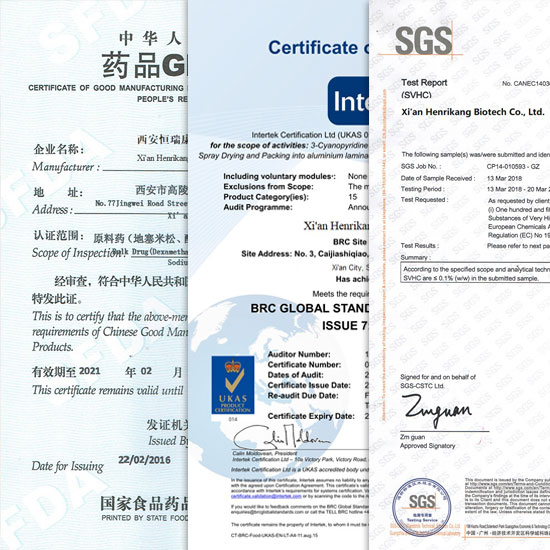



Related Attributes
Product details
Hydroxyanisole Usage and Synthesis.Mainly used as polymerization inhibitor of vinyl plastic monomers, UV inhibitor, dye intermediates, and used in the synthesis of edible oils and cosmetic antioxidants BHA, etc.
Uses of Hydroxyanisole.
p-Hydroxyanisole is a highly effective inhibitor for unsaturated polyester resins, methyl methacrylate, acrylonitrile, vinyl acetate, etc.; a stabilizer for high polymers such as polyvinyl chloride and polymethacrylic acid. It can also be used as an antioxidant and pharmaceutical intermediate. The ointment can be used as a bleaching agent, decolorizing agent, and infrared Z absorber.
It is an important intermediate for fine chemical products such as medicines, spices, and pesticides. It can also be used as a polymer inhibitor, antioxidant, plasticizer, etc., and has a wide range of uses. It is mainly used as an inhibitor for the production of olefin monomers such as acrylonitrile, acrylic acid and its esters, methacrylic acid and its esters.
Its biggest advantage is that p-Hydroxyanisole does not need to be removed when used, and it can directly participate in polymerization. It is also used in the synthesis of antioxidants, plasticizers, and food additives (BHA).

Synthesis of Hydroxyanisole.
The synthesis methods of hydroquinone monomethyl ether mainly include anisole method, hydroquinone method and benzaldehyde method. The most widely used one is the hydroquinone method, which uses hydroquinone as raw material, dimethyl sulfate, methanol, dimethyl carbonate, etc. as methylating agents to synthesize hydroquinone monomethyl ether, and the catalyst is generally sulfuric acid, heteropoly acid, solid acid, strong acid resin, etc.

Product method of Bulk Hydroxyanisole Powder.
4-Methoxyphenol can be obtained by using hydroquinone as raw material and dimethyl sulfate as methylating agent, or by using methanol as methylating agent under high temperature, high pressure and catalysis. Another newer method is to react hydroquinone with methanol in the presence of p-benzoquinone. Mix methanol and concentrated sulfuric acid evenly, add hydroquinone, heat to reflux, and drop a methanol solution of p-benzoquinone to react for 3 hours.
Cool, neutralize with 40% sodium hydroxide solution, and filter out sodium sulfate precipitate. After recovering methanol from the filtrate, extract it with ether, evaporate the ether from the extract, and then perform vacuum distillation to collect the 110-112℃ (0.53kPa) fraction to obtain the finished product. The yield is 76%.
WHY CHOOES US?
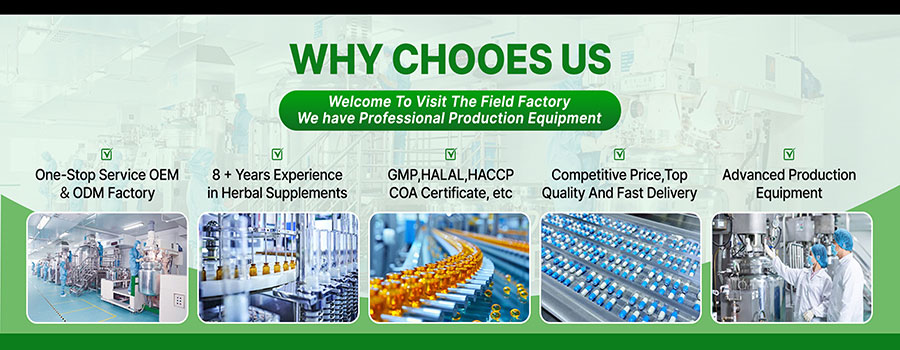
OUR CERTIFICATE
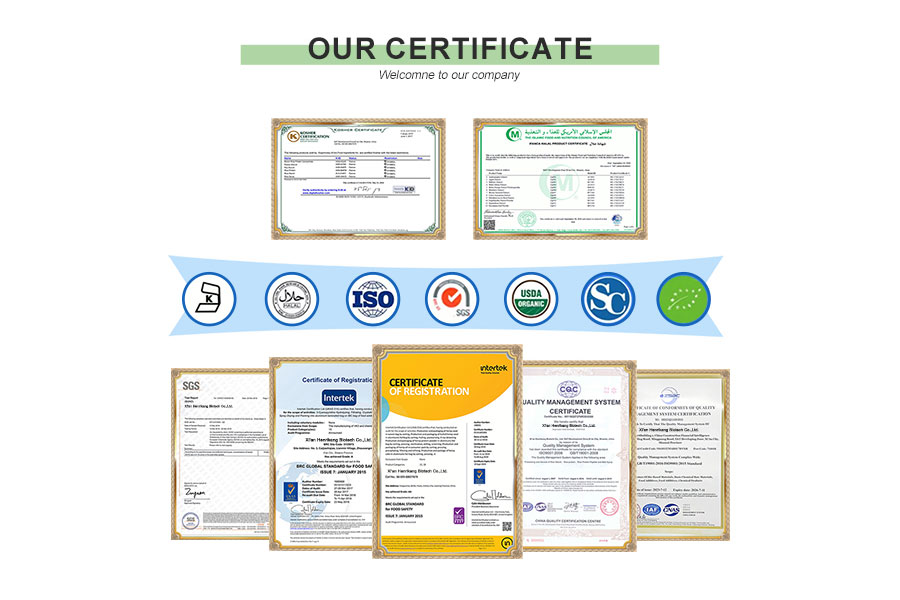
CUSTOM PROCESS
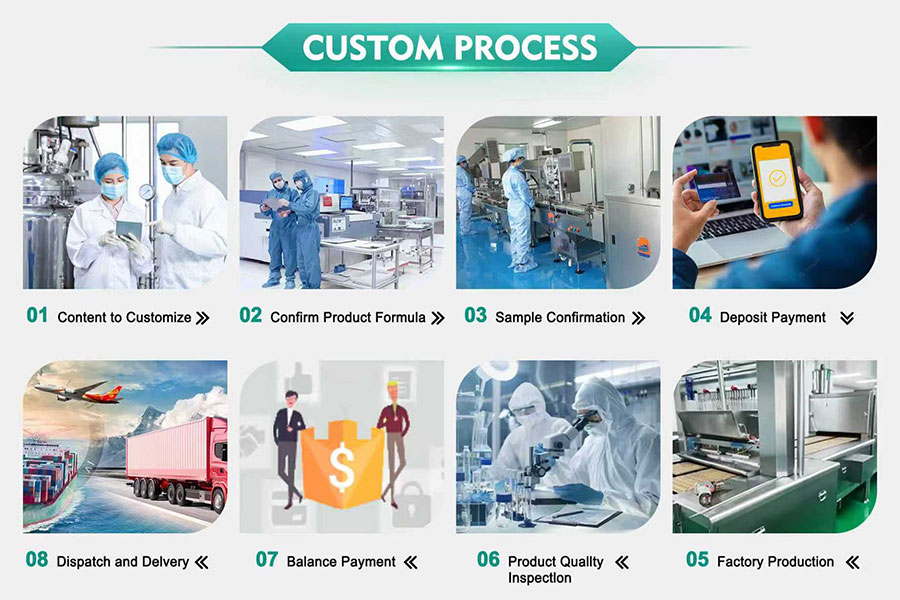
OUR PACKAGE
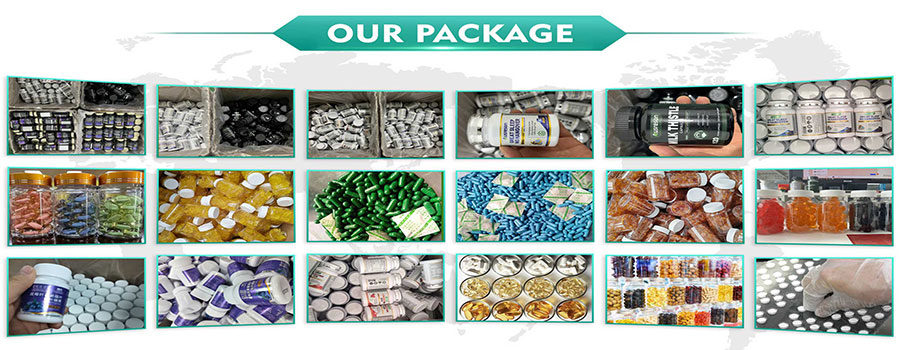
OUR EXHIBITION
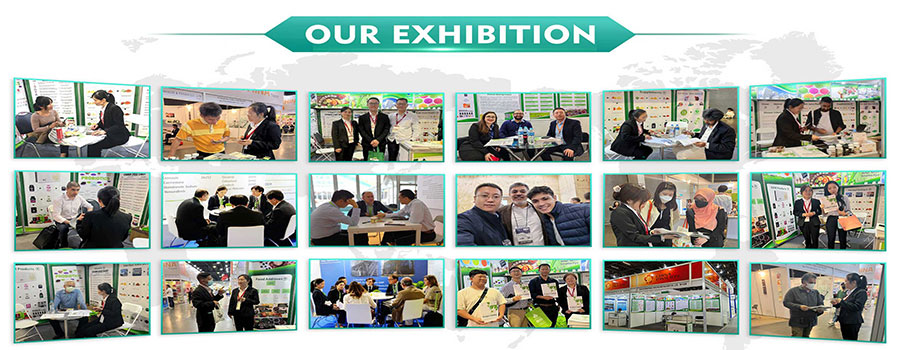
OUR FACTORY
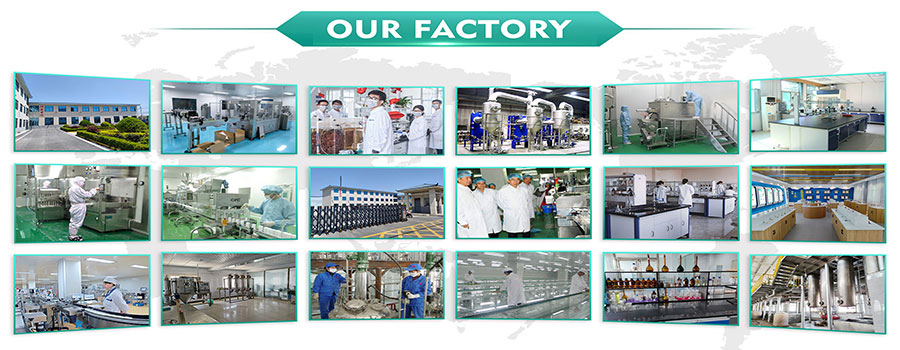
Shipping
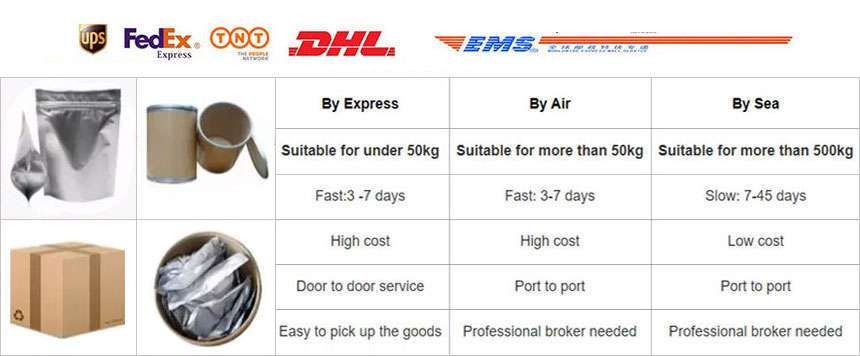
Pharmaceutical Intermediate manufacturers
©2022 Xi'an Henrikang Biotech Co., Ltd.,